Description of aspen wood Vs. alder wood
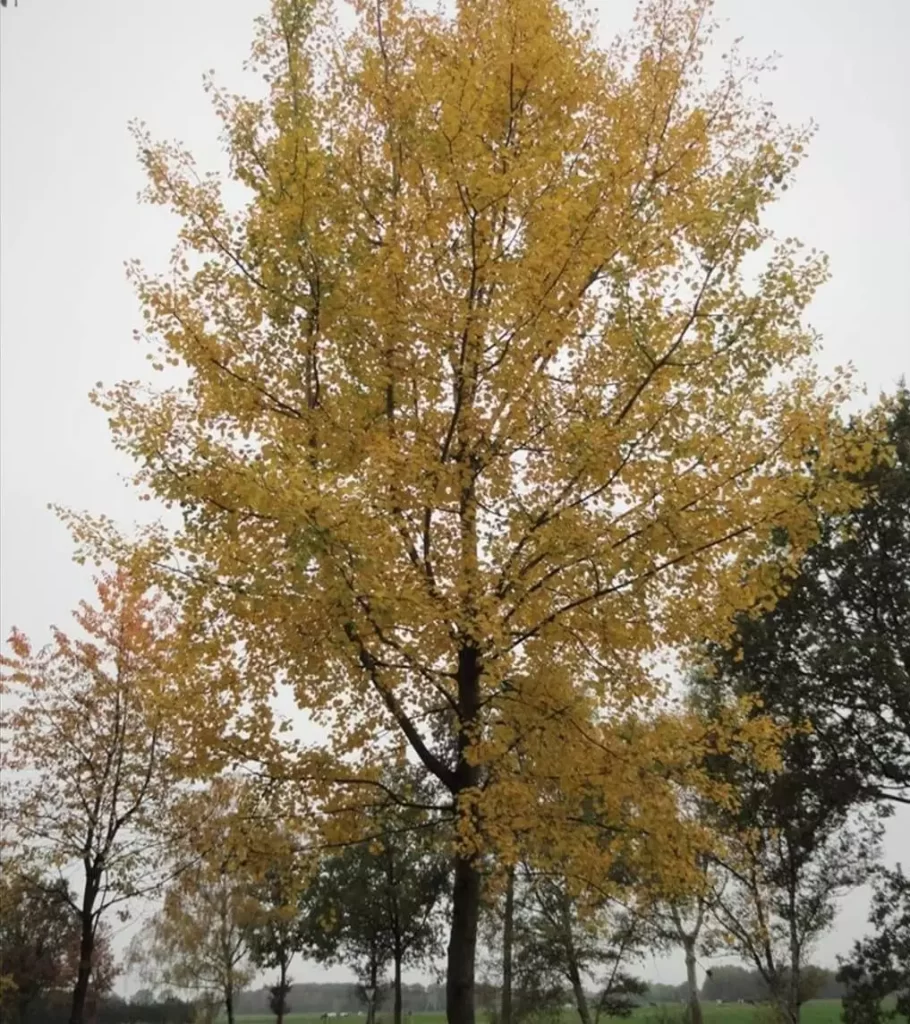
Aspen wood
Aspen wood is a knot-free type of wood known for its woody and robust tree species. The color of the untreated aspen wood is often compared to the color of white chocolate. The drawings of the wood also provide a graceful and luxurious appearance.
Aspen trees are the most visible hardwoods in western North America, providing under-layer biodiversity, wildlife habitat, livestock fodder, specialty forest products, and highly sought-after scenery. The tree usually lives about 100 years.
Interestingly, Utah and Colorado are home to most of the world’s natural acreage aspen.
The aspen wood is very similar to the quivering poplar in terms of color, structure, texture, and mechanical properties. Aspen wood is difficult to dry and is not weatherproof.
Aspen is a real Poplar with similar characteristics and properties to cottonwood and European poplar. Medium shock resistance and deficient bending strength and bending classification
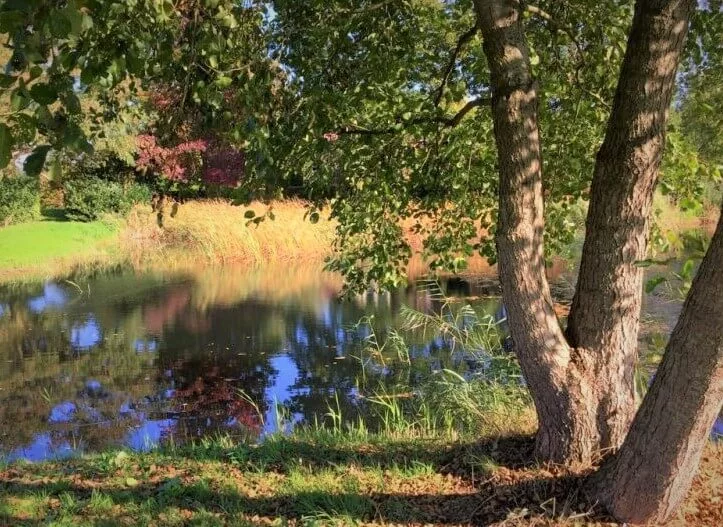
Alder wood
Alder wood is a relatively soft type of wood. The density of Alder wood is high, so the wood can feel a bit warmer. An advantage of a higher density is that the wood will absorb less dirt.
Freshly sawn Alder, the sapwood, which has the same color as the heartwood, has a striking orange-red color, especially on the ends, and is white on the longitudinal surface.
After being exposed to light and air for some time, it eventually turns pale yellow with a reddish to slightly reddish-brown tinge.
Red Alder is usually a bit darker than European Alder. The wood has no gloss and has dark lines caused by the wide beams. The Alder is hardy and water-repellent and does not overheat when used for the sauna.
Red Alder from North America, with almost the same properties as Alder, is used in Western Europe as a substitute for cherries in the furniture industry. Red Alder is usually a bit darker than European Alder.
| aspen | alder | |
| Scientific Name | Populus Tremuloides | Alnus glutinosa |
| Others Name | Quaking aspen, American Aspen, trembling aspen, golden aspen | black Alder, common Alder, European Alder, European black Alder, or just Alder |
| Family Name | Salicaceae (willow family) | Betulaceae (Birch family) |
| Tree Size | 65 to 80 feet in height | 60 to 78 feet in height |
| Heartwood color | Brown to greyish white | light reddish-brown |
| Sapwood color | Creamy white | Light yellow |
| Wood Type | Hardwood (but offered as softwood) | Alder is a soft but tough type of wood |
| workability | Moderate | Mediocre. Drying delays may occur with polyester-based finishes. |
| Commercial availability | Rare / Limited | Easy availability |
| Supply | Fiber wood, sawn wood, veneer, and panel material | Squared wood |
| Wood Uses | Furniture parts, matches, boxes, paper pulp Best used for moldings, toys, and caskets Not best used for firewood | Veneer, plywood, cabinetry, furniture, musical instrument, Toys, Cigar cases, turning, broomsticks, sauna benches, interior, firewood, and exterior upholstery |
| Hardness | 350 lbf (1,560 N) | 590 lbf (2,620 N) |
| Woodgrain | Straight medium texture | Straight closed-grain |
| Density | 390 kg/m3 | 410 – 640 kg/m3 |
Aspen Vs. Alder wood stem
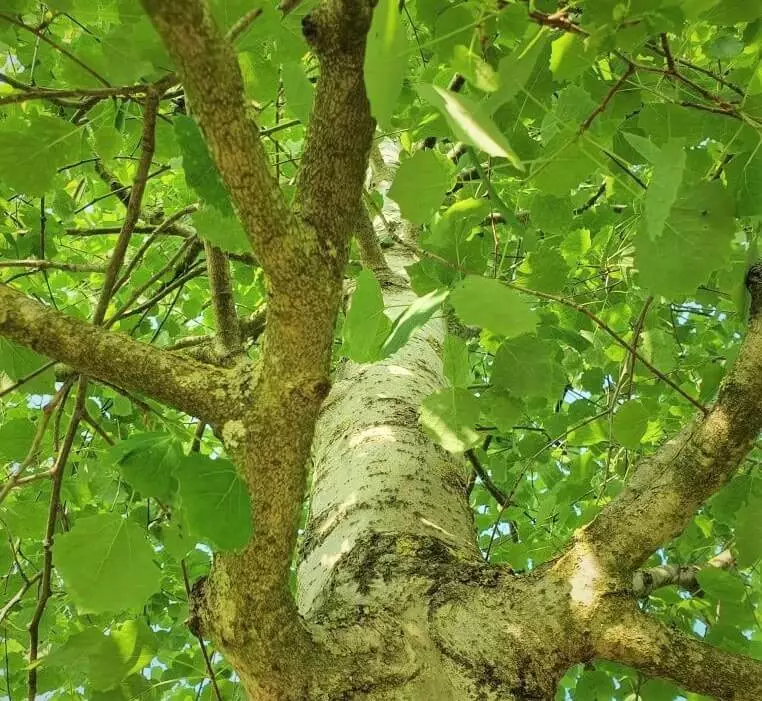
Aspen Stem
The crown is thin and widely branched. The bark is gray-brown, or silvery gray, more or less smooth, but in older trees.

Alder stem
A straight trunk with a black-brown bark, later with deep grooves, Often there are several tribes.
Aspen wood bark Vs. alder wood bark
Aspen Bark
The bark is dark gray, rough, and in older trees, it is roughly grooved horizontally. In upright trees, more than half of the trunk is often without side branches. Young twigs are yellow-brown, shiny, and slightly drooping.
Alder bark
The bark is black-brown and strongly grooved. Young twigs are slightly triangular, and they bear resin glands which can make them a little sticky.
Aspen Vs. alder wood branches
Aspen Branches
Young branches are almost bare or thinly haired.
Alder branches
Young branches and buds are sticky (with White Alder, they are not sticky) and bare. The petiolate buds are purplish.
Aspen Vs. alder wood leaves

Aspen Leaves
The leaf buds are pointed and almost bare, and the bud scales are somewhat sticky. The long petioles are laterally compressed (flat).
The first leaves on the long shots and the leaves of saplings often look slightly different. These are ovate to triangular, pointed, and have a serrated edge.
Aspen gets its name from the rattling sound its leaves make. This is because the petiole is flattened laterally transverse to the plane of the leaf itself. This causes the leaves to vibrate with a bit of wind and make a rattling sound.
The “adult” leaves are almost round to broadly ovate, nearly glabrous, have a truncated to slightly heart-shaped base, are dark green above and light gray-green below. The leaf margin is coarsely serrated and not translucent.
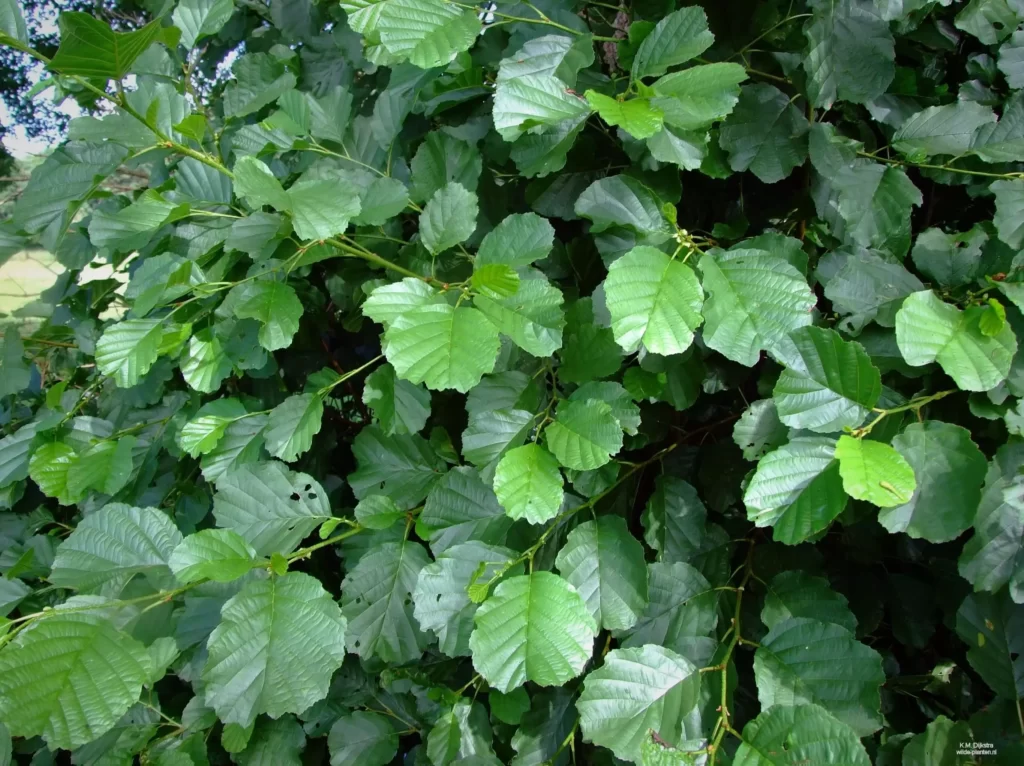
Alder leaves
Young leaves are very sticky.
The spreading, slightly sticky, up to 11 cm long leaves are almost round to obovate, with the greatest width above the middle.
They are unequally serrated or serrated and usually have a wedge-shaped base and a rounded obtuse or slightly incised apex.
There are five to eight pairs of lateral veins. On the underside, they are only hairy in the vein axils (hair tufts). The leaves are green underneath.
Aspen Vs. alder wood Fruits
Aspen Fruits
A capsule. The fruiting catkins with woolly hairs are 5-12 cm long. The seeds are very short-lived (less than one year). Dicotyledonous.
Alder fruits
A single-seeded achene or nut, The fruit catkins are 1.1-1.7 cm.
The alder plugs are petiolate, conical, and lignified. The seeds are not or hardly winged. The seeds are short-lived (one to five years). Dicotyledonous.
Aspen Vs. Alder wood flowers

Aspen Flowers:
Unisexual. Dioecious. The spherical, pendulous catkins are 5-8 cm long. They appear before the leaves open.
The flowers have two bipartite stigmas. The male flowers contain five to twelve (rarely to seventeen) stamens. The black-brown catkin scales (bracts) are deeply incised and have long gray woolly lashes.
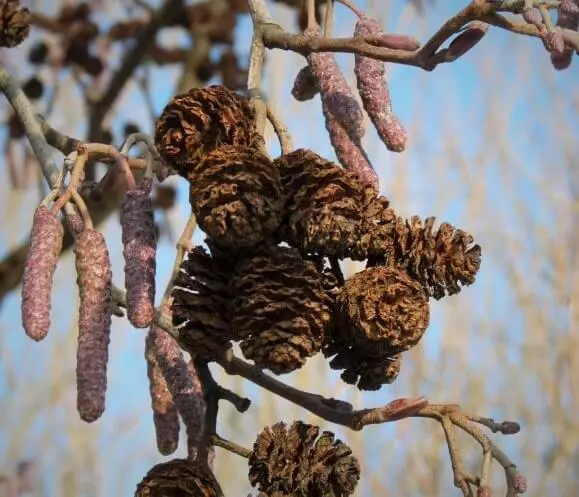
Alder Flowers
unisexual. Monoecious. Male catkins are elongated and yellow.
They can grow up to 12 cm long with a 1-3 cm stem. They flower before the tree comes into the leaf.
The lateral, oval, clearly stalked female flowers are reddish-brown which is Male and female flowers grow on the same branches.
Aspen Vs. Alder wood spread
Aspen Spread
In temperate and cold regions in Asia (Japan), Europe, Northwest Africa, and North & South America, Aspen trees grow singly and in multi-stem clones across the broadest distribution of any native tree species in North America.
The range of aspen trees extends from Newfoundland and Labrador west across Canada along the northern boundary of trees to northwestern Alaska and southeast through Yukon and British Columbia.
It is mainly found in the mountains from Washington to California, southern Arizona, Trans-Pecos Texas, and northern Nebraska throughout the western United States.
It extends east to West Virginia, western Virginia, Pennsylvania, and New Jersey from Iowa and eastern Missouri.
Alder spread
Alder wood was also found elsewhere in almost all of Europe, Northwest Africa, Asia Minor, and Western Siberia.
Aspen Vs. alder wood soil
Aspen Soil
Aspen is a pioneer species of forests on moderately dry, relatively moist, somewhat airy, sandy to loamy soils. They are found more on more acidic soil than on neutral or calcareous soil in terms of acidity.
Alder soil
Sunny to lightly shaded places on moderately dry to fairly wet, moderately nutrient-poor to usually relatively nutrient-rich, weakly acidic to a mostly calcareous soil.
Aspen Vs. alder wood habitat
Aspen Habitats
Forest edges, scrub, thickets, hedgerows, pioneers on forests (clearings), sea dunes, roadsides, and railways.
Alder habitats
Waterfronts, streams and riverbanks, swamp forests, and tree are mainly found on moist and not too nutrient-poor soil.
Aspen wood Vs. Alder Wood Durability
Aspen Durability
aspen wood is not resistant to decay but resistant to preservative treatment.
Alder Durability
Both the core and sapwood are not durable (natural durability class V) and susceptible to damage by Anobium. Alder in contact with wet cement or concrete will prevent it from curling.
When used underwater, Alder lasts a very long time. That’s why it’s also best for boats or any product that is related to moisture.
Red Alder is of lower quality than that Black Alder. White Alder is often planted as a windbreak.
Aspen wood Vs. Alder Wood uses
Aspen wood uses
- Aspen wood is an increasingly used wood for creating a beautiful sauna interior.
- Aspen wood has the property that it is splinter-free; a pleasant side effect of using aspen wood in the sauna is that it is very easy to work with.
- Aspen wood can also be used to make sauna benches, sauna headrests, oven protection racks, sauna floor grates.
Alder wood uses
- Sculpture and carving and sometimes interior work for furniture.
- In the wood products industry, it is used for brooms, brushes, toys, and turning.
- Also, for models for the foundry, press frames (frames in which a motif is pressed).
- Plywood production, cigar boxes, and larger packaging boxes.
- One encounters the alder wood in the kitchen, among other things, like a ladle or spatula.
- Alderwood is also best for firewood.
Aspen wood Vs. Alder Wood workability
Aspen workability
- Not split when nailed
- Machines easily, turn, bores and sands well with a slightly fuzzy surface.
- Takes paint and stain well
- Care is required for its fuzzy surface.
- Low, moderate shrinkage
- Good dimensional stability
Alder workability
- Sawing presents no problems.
- When planing, sharp tools should be used to obtain a smooth surface.
- Nails and screwing Mediocre To dry Moderately fast, and It tends to deform during drying.
- Corrosion can occur in contact with iron.
- Good in glue and works averagely, and Alder is a soft but strong type of wood.
